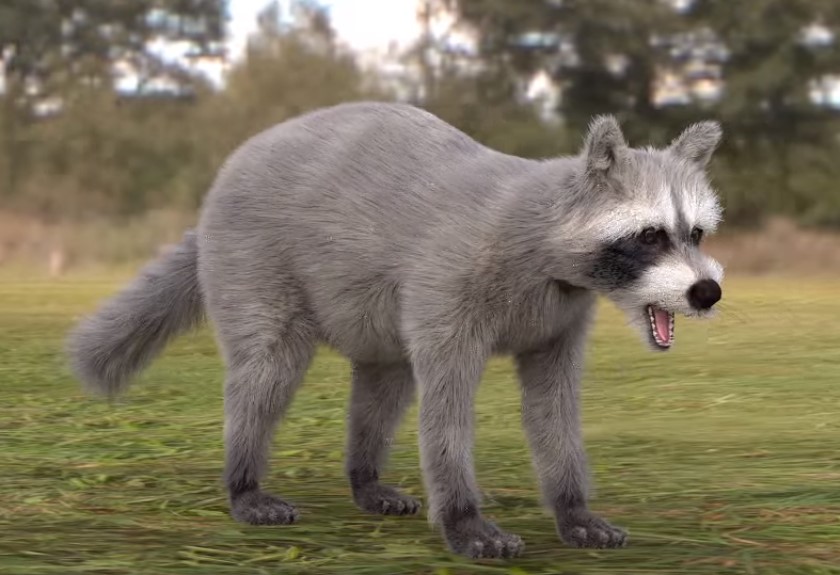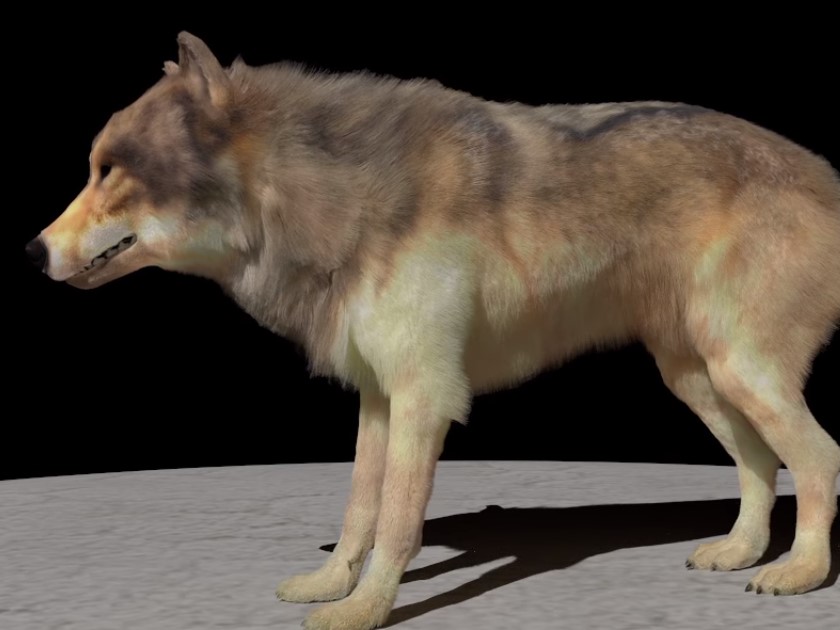AI has learned to make realistic hair of virtual animals

Creating a realistic model of creatures in games is a complicated matter. Especially when it comes to animals. Beautiful wool is found only in high-budget projects because of the complexity of production. Researchers from the University of California solved this problem by enlisting the support of artificial intelligence.
The difference between technology
Rendering software is optimized for working with human hair. Animal fur has a large central section or a medulla. It bends light differently, which gives a soft but glossy effect. Standard technologies do not take this into account and simply process each light jump through the wool, which worsens performance.

Solve the problem with the help of AI
The researchers used a different method - subsurface scattering. So, we managed to see how the light fights off or passes through the translucent medulla. For clarity: turn off the light in the room and shine a flashlight through your fingers.
"You will see rings of light, because it breaks through your fingers, dissipates inside and returns," the team members explained.
Then the researchers used artificial intelligence to train it better to process this process. After rendering several scenes, the AI learned how to properly apply subsurface scattering in various scenes.

There is no limit to perfection
Now researchers are working on the application of this technology in real time. So, game designers will be able to show realistic animals in their games. I would like to see Pikachu with detailed wool.